‘Diego Rivera’s America’ at SFMOMA Displays the Artist’s Influence on San Francisco
By Ann Marie Galvan
agalvan1@mail.ccsf.edu
For Diego Rivera, America was “the territory included between the two ice barriers of the two poles. A fig for your barriers of wire and frontier guards.”
Rivera understood the influence art can have on local communities, and his work, which had a profound impact on modern art and architecture, focused on the humanity of the working classes. His art helped Mexico establish a national and artistic identity following the Mexican Revolution, but he ultimately imagined an American identity that transcended borders. San Francisco was important to Rivera and is a place where his influence is still deeply felt through his artwork.
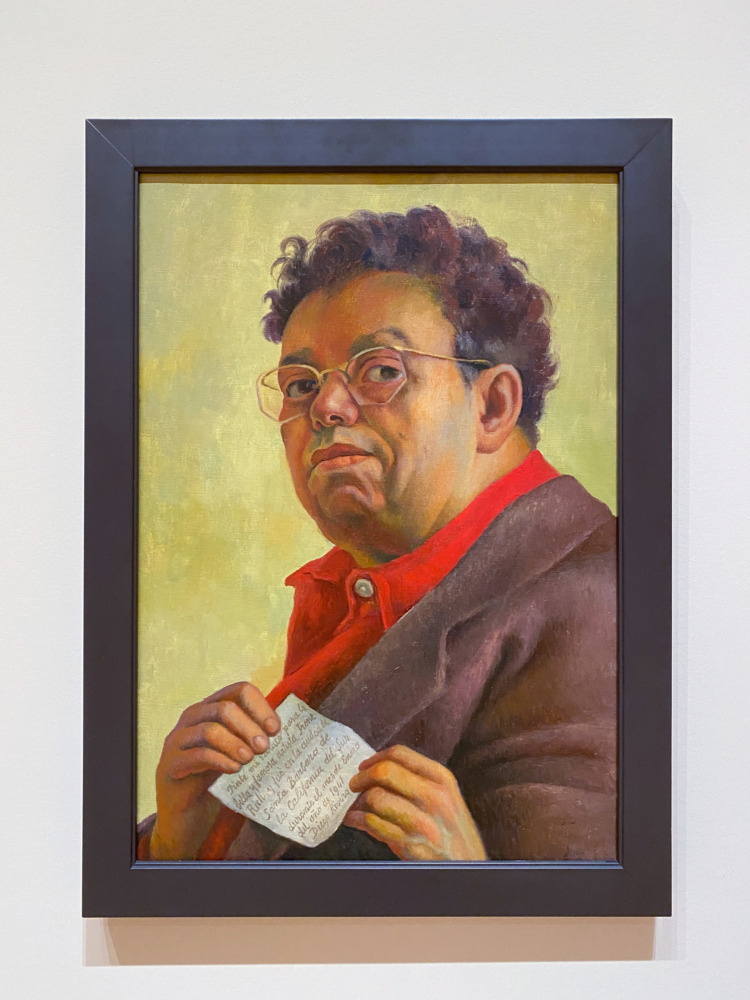
The San Francisco Museum of Modern Art’s (SFMOMA) “Diego Rivera’s America” exhibit brings together more than 150 pieces of Rivera’s work. Visitors can see Rivera’s work from the 1920s to the 1940s in several galleries. The first few galleries are dedicated to Rivera’s time in Mexico, particularly in Tehuantepec, with works such as “Bathers” (1925), “The Rivals” (1931), and “Head of Tehuana” (1930).
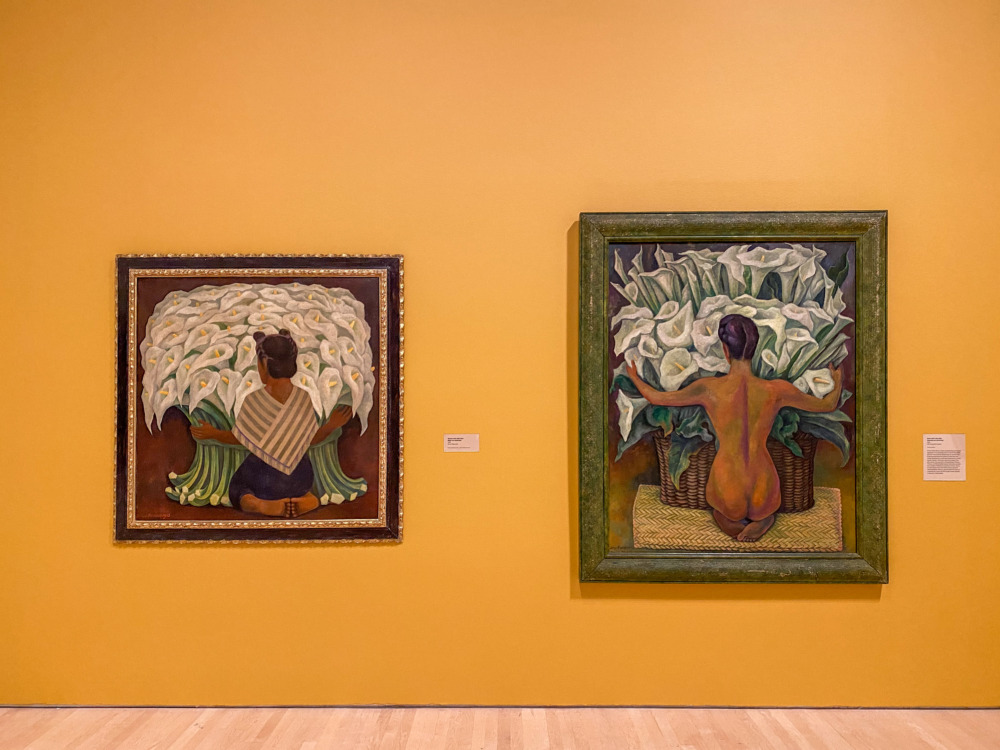
Three of the exhibit rooms feature large wall-scale projections of Rivera’s murals: upon entering the exhibit there’s “Creation” (1922-23), commissioned by Mexico’s Minister of Public Education, José Vasconcelos, a lush Byzantine-inspired piece. Considered “too metaphorical for the masses” by Rivera, his later murals focus more on his observations of the working class.
Next is “The Market” (1923-24), which depicts the liveliness of a packed market scene that “could be anywhere in rural Mexico.”
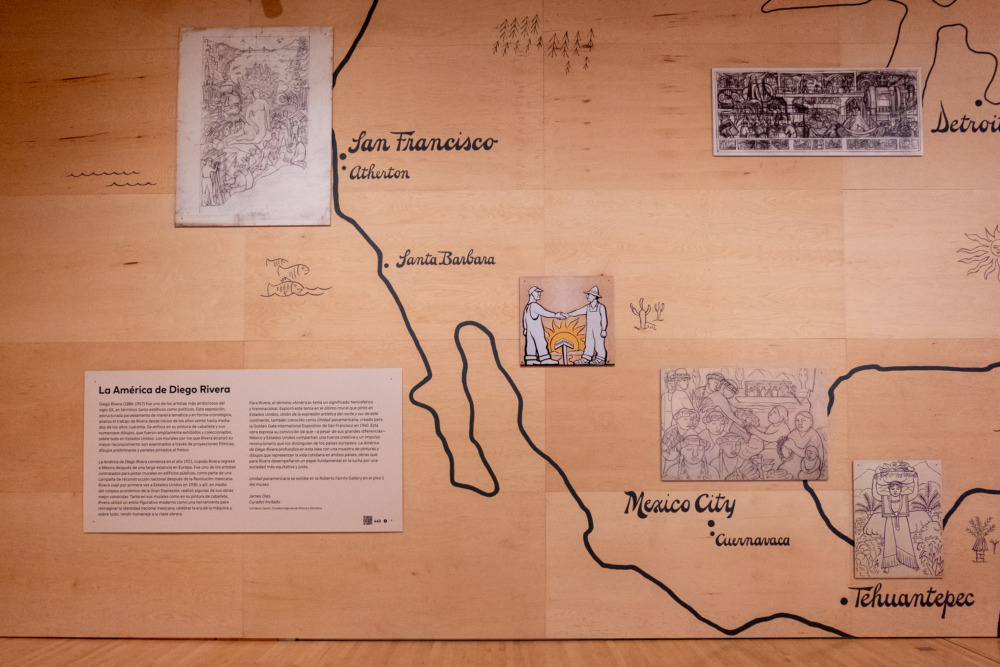
Finally, there’s “Allegory of California” (1930-31). Rivera’s first commission in San Francisco, it is currently displayed in the stairway of the City Club of San Francisco, an elite downtown social club.
However, the projections are more than just still images of Rivera’s murals. In the “Creation” room, musicians practice their instruments in front of the mural, which decorates a school’s amphitheater in Mexico. For “The Market,” sunlight travels across the mural, casting alternate shadows across its surface. And in the room of “Allegory of California,” women dressed in jewel-toned cocktail dresses are seen descending the staircase in front of Rivera’s mural.
The projections give his art a crucial context, and allow us to see how Rivera’s art continues to serve and enrich the spaces they’re in.
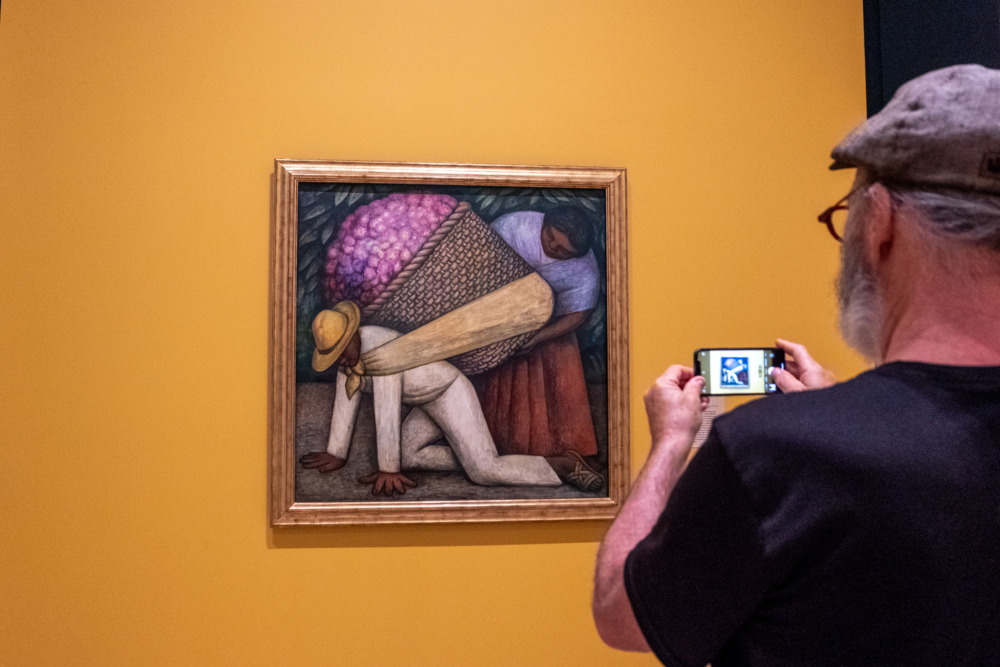
In 1930, Diego Rivera and Frida Kahlo arrived in San Francisco, living in a studio apartment on Montgomery Street. Attracted in part by the city’s historical connection to Mexico and wealthy local admirers, Rivera immediately went to work. He painted three murals in 1931: “Allegory of California,” “Still Life with Blossoming Almond Trees,” and “The Making of a Fresco Showing the Building of a City.”
The last mural he would paint in the United States was for Treasure Island’s Golden Gate International Exposition (1940). This was “The Marriage of the Artistic Expression of the North and of the South on This Continent,” also known as “Pan American Unity.” The mural was loaned to SFMOMA from City College.
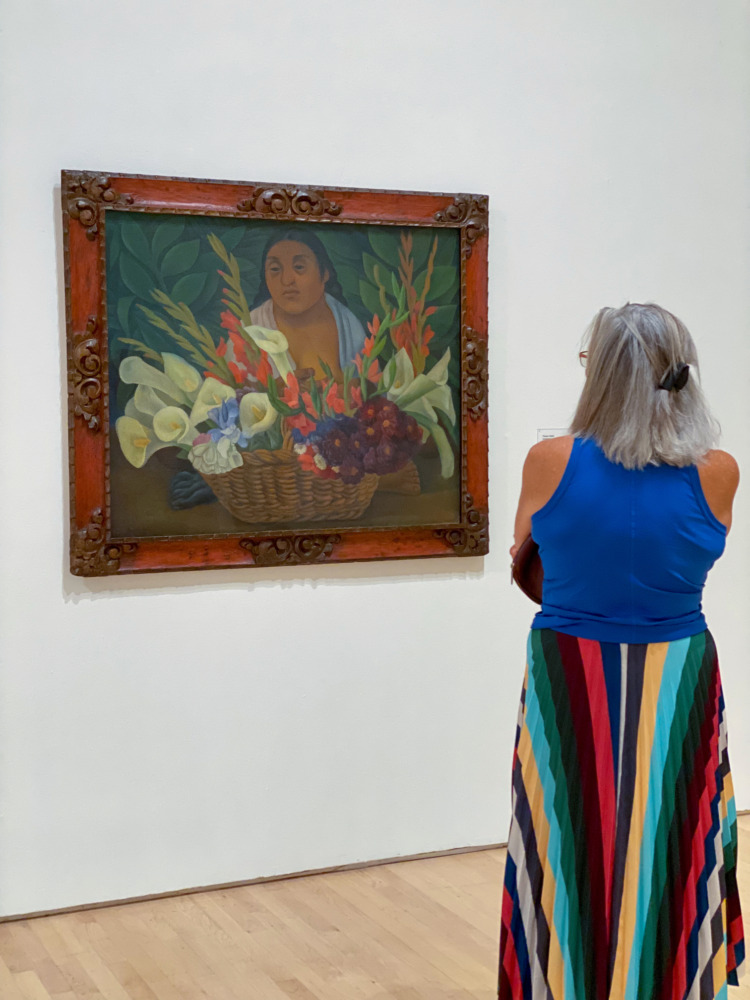
“When it became clear that, for reasons both practical and civic, we might have the opportunity to relocate ‘Pan American Unity’ from its site at City College of San Francisco (CCSF) and install it temporarily at SFMOMA, we sprang into action,” said Neal Benezera, former SFMOMA director, in the book “Diego Rivera’s America.”
The mural’s move was thanks to an “international consortium of fresco experts, Rivera scholars, SFMOMA and CCSF staff, and scientists from the Universidad Nacional Autónoma de México.” The mural is projected to return to City College in 2024.
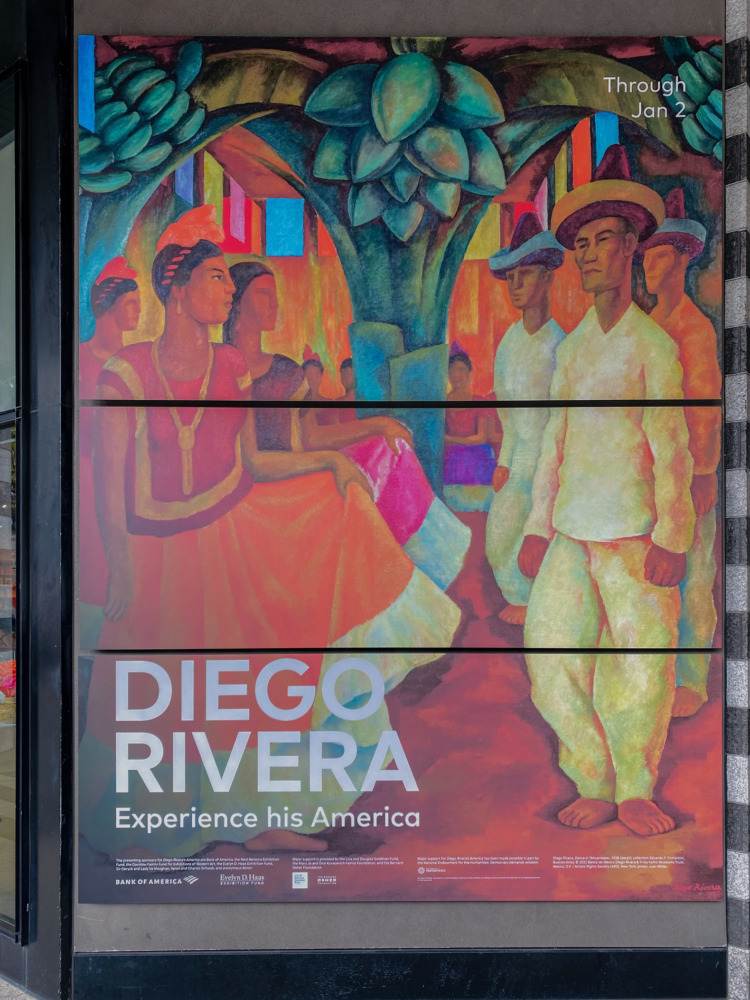
Now, the 22-by-74 feet, over 60,000-pound mural sits in the museum’s Roberts Family Gallery, a free-to-the-public space easily accessible from the Howard Street entrance. Its presence is celebrated by the museum, and over a weekend in September it held its second annual “Mini Mural Festival,” which celebrates the historical importance of Rivera’s painting of “Pan American Unity.” Partnering with the San Francisco Art Institute and the Youth Art Exchange, the festival invited artists to paint 8’x12’ murals for temporary display inside the museum.
SFMOMA’s “Diego Rivera’s America” can be seen through Jan. 2.
